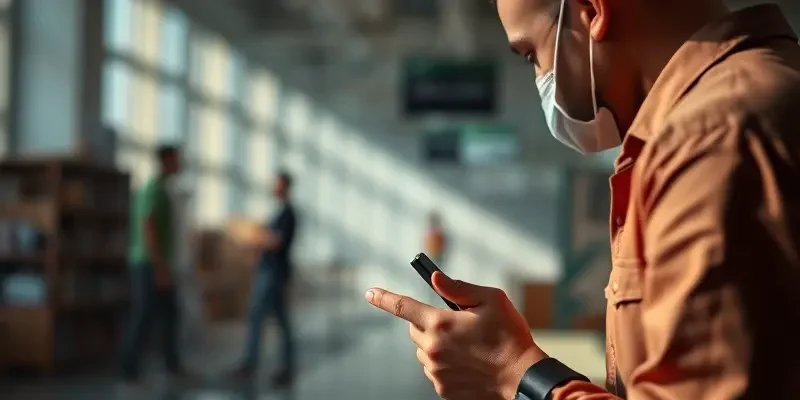Can a Tennis Elbow Brace Really Help You Recover? Evidence, Insights, and Best Practices
Whether you’re a weekend warrior or a seasoned athlete, elbow pain can bring your game to a halt. “Tennis elbow”—formally known as lateral epicondylitis—often strikes fitness enthusiasts who use their arms for repetitive tasks. But does slipping on a tennis elbow brace actually help, or is it just a quick fix that delays true recovery? Let’s break down what the science says, how braces work, and—most importantly—how you can use them wisely for strong, lasting results.
Understanding Tennis Elbow: What’s Going On?
Tennis elbow is a common overuse injury affecting the tendons on the outside of your elbow. It’s not limited to racquet sports; anyone who lifts, types, or grips objects repetitively can develop it. The root problem? Tiny tears and inflammation in the tendon, causing pain, weakness, and reduced grip strength. Recovery is possible, but smart management is key.
How Do Tennis Elbow Braces Work?
Mechanism: Pressure and Pain Relief
A tennis elbow brace—often a soft or semi-rigid strap worn just below the elbow—works by applying gentle pressure to the upper forearm. This “counterforce” redistributes tension away from the injured tendon, reducing strain during gripping or lifting.
Real-World Example:
Imagine pinching the bottom of a balloon to prevent it from overstretching higher up. That’s what a brace does for your tendon as you move.
Evidence: Short-Term Relief, Not a Silver Bullet
- Studies show braces can provide temporary pain relief, especially during activity.
- They may offer a modest improvement in hand strength when symptoms flare.
- However, they’re not shown to boost muscle performance in healthy arms, and their effect is often modest.
Bottom Line:
A brace is best seen as a supportive tool—not a cure. Wearing one may help you get through a workout but won’t replace a full recovery plan.
Best Practices: Using a Tennis Elbow Brace Effectively
When and How Should You Use a Brace?
- During Activities: Use a brace when performing tasks that trigger symptoms (like lifting or racquet sports).
- Fitting: Ensure the strap sits about 1-2 inches below the elbow joint. It should be snug, not tight—enough to offer support, but not cut off circulation.
- Timing: Don’t rely on it constantly. Gradually reduce use as symptoms improve.
Smart Recovery Strategies: What Works Best?
For real, lasting results, combine your brace with a comprehensive approach:
-
Physical Therapy:
-
Targeted exercises for wrist and forearm strength (such as wrist extension curls or eccentric loading).
-
Gentle stretching for the forearm muscles.
-
Technique and Ergonomics:
-
Optimize your grip on sports equipment or tools.
-
Choose equipment with the correct handle size and adjust string tension if you play racquet sports.
-
Nutrition:
-
Support tendon repair with protein-rich foods and anti-inflammatory nutrients (think salmon, nuts, dark leafy greens).
-
Rest and Gradual Return:
-
Take planned breaks from repetitive tasks.
-
Ramp up your training intensity slowly, listening to pain signals along the way.
-
Additional Recovery Tools:
Consider incorporating massage gun therapy to complement your rehabilitation routine by enhancing muscle relaxation and blood flow.
Preventing Recurrence: Tips for Staying Strong
- Warm up before activity with dynamic stretches (e.g., wrist rotations).
- Include regular forearm and grip strengthening in your workout regimen.
- Vary your routine to avoid repetitive overuse.
- Take regular breaks during long sessions of typing, lifting, or sport.
The Big Takeaway: Brace Up, But Don’t Skip the Fundamentals
Tennis elbow braces offer useful support when pain flares, but they aren’t a one-stop solution. The best path to recovery? Combine bracing with exercise therapy, smart technique, proper nutrition, and attentive self-care.
Pro tip: If you’re struggling or unsure about brace fit or rehab exercises, connect with a physiotherapist—a little expert guidance can go a long way.
Final Thoughts
At Gympulse Club, we believe in evidence-based recovery and injury prevention. Whether you’re hitting the tennis court or hammering out reps in the gym, understanding how to use tools like braces (and when not to) helps you stay in the game for the long run.
Have elbow pain questions or your own recovery tips? Share them in the comments—let’s get stronger together!

